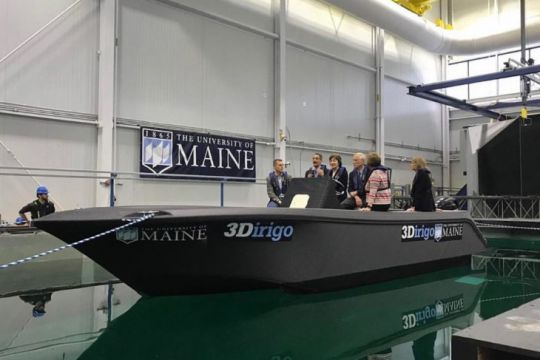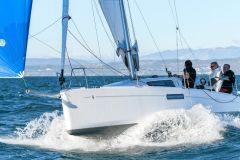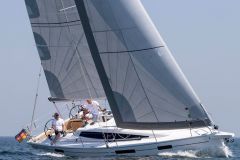The largest boat built in 3D printing
The largest solid object in 3D printing is a motor boat. The University of Maine in the United States and its center on composites and advanced structures, have broken the world record for manufacturing with a 3D printer. The boat, called 3Dirigo, is 25 feet (7.62 m) long. It is intended for military patrol purposes. Built in one piece between 19 and 22 September 2019, from a plastic and wood cellulose compound, it weighs 2.3 T. The open hull dethrones a 4-foot rowing boat, according to Habib Dagher, director of the composites centre. The project involved about 30 students from the university.

More steps before a common application in the nautical industry
While the performance of the University of Maine is interesting, there are still technical and economic steps to be taken before this type of additive construction becomes widespread in boating and pleasure boating.
The cost of the 3D printer, supported by the research institute, remains high. The investment is $2.5 million, financed by the American army. The manufacturing time remains long, despite the impressive images of time lapse. The construction of the hull took 3 days and 5 hours, to which must be added the cutting of the supports necessary for the additive construction and the work of surface recovery for a good hydrodynamism... The weight is similar to traditional construction techniques, but still high.
Few elements are available on the material used, but this is a major area of evolution for 3D printers to integrate more durable components. The State of Maine sees the experiment as a potential opportunity for its declining forest industry, providing the cellulose needed for printing. The partially reusable aspect of the raw material could initially appeal to boat production moulds, whose lifespan is limited, as well as to smaller parts with limited manufacturing time.









